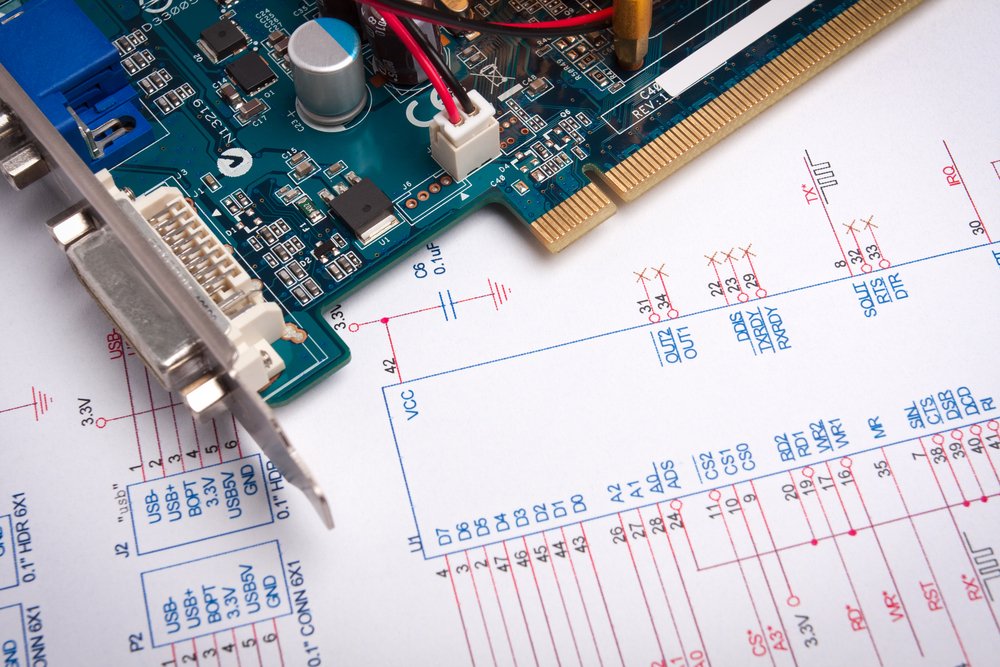Cabinet Cooling System Technologies to Consider when Planning Your Next Project

Electrical control equipment is becoming increasingly sophisticated as designers add more features to what used to be relatively simple electro-mechanical control gear. Circuit breakers now have sophisticated electronic controls, variable speed drives and soft starters have replaced motor contactors, and PLC control has supplanted other forms of control.
This has increased cabinet heat load, and it has become necessary to ensure that an electrical control panel is provided with a cabinet cooling system that will maintain electrical equipment temperature well within manufacturer’s specifications to ensure reliable operation.
Limitations of Natural Ventilation and Fans
At one time, most electrical enclosures relied on natural ventilation supplemented by cooling fans. For a number of reasons these methods of cooling are inadequate for today’s electrical control cabinets:
-
Limited cooling capacity: The cooling capacity using natural ventilation and fans is limited by ambient air temperature and air flow, and in most situations leads to high cabinet and equipment temperature.
-
Increased heat loads: Heat loads have increased due to the extensive use of electronic equipment.
-
Increased temperature sensitivity: Electronic equipment is prone to malfunction and failure if it gets too hot.
-
Sensitivity to contamination: Components and devices are easily damaged if covered in dust or exposed to chemical vapor.
Closed Loop Cooling
Arising from the need to protect sensitive equipment from damage due to dust and chemical attack, a cabinet cooling system using closed loop technology isolates the equipment inside the panel from the outside environment. This is achieved using air conditioners or heat exchangers that remove heat from the recirculated air inside the enclosure.
Enclosure Air Conditioning Systems
The most effective method of removing heat from an electrical enclosure is enclosure air conditioning. This method ensures precise temperature control even when there are large variations in ambient temperature and is ideal for panels installed in hot, poorly ventilated areas or in outdoor locations. The evaporator coil and air circulation fans are in a sealed compartment that is open only to the enclosure. The compressor and condenser coil are in a separate ventilated compartment.
Air to Air Heat Exchangers
An alternative method that uses virtually no power and is well suited for a smaller cabinet cooling system is an air to air heat exchanger using heat pipe technology. With this technology, a heat pipe absorbs this excess heat and transfers it to the outside using a thermally conductive, phase-changing liquid under partial vacuum. In the enclosure, the liquid absorbs heat and converts to a vapor. This vapor moves to the other end of the pipe outside the enclosure, transfers the heat to the outside, and changes back to a liquid. The cycle repeats continuously with no moving parts, which makes air to air heat exchangers a relatively low-maintenance solution. Of course, the ambient air temperature must be lower than the desired enclosure air temperature.
Condensate Removal
A side effect of air conditioning is the condensation of water vapor on the evaporator coil. This condensate must be removed or it will enter the cabinet. Many systems simply discharge the water through a drain.
Thermal Edge’s solution is to evaporate the water in a tray mounted in the bottom of the enclosure air conditioner using the hot compressed refrigerant gas. This novel solution removes the need for water disposal and has the added benefit that it cools the hot gas, thus increasing the efficiency of the air conditioner and reducing power consumption.
Closed Loop Cabinet Cooling Technologies Ensure Reliable Operation
These innovative approaches to cabinet cooling systems provide solutions that are adaptable to virtually all electrical enclosure cooling requirements and ensure enclosure sealing integrity is maintained while keeping electrical equipment at a safe temperature. This in turn ensures reliable operation of electronic equipment and extends equipment life.
To learn more about these cabinet cooling system technologies, contact the sales team at Thermal Edge today.


